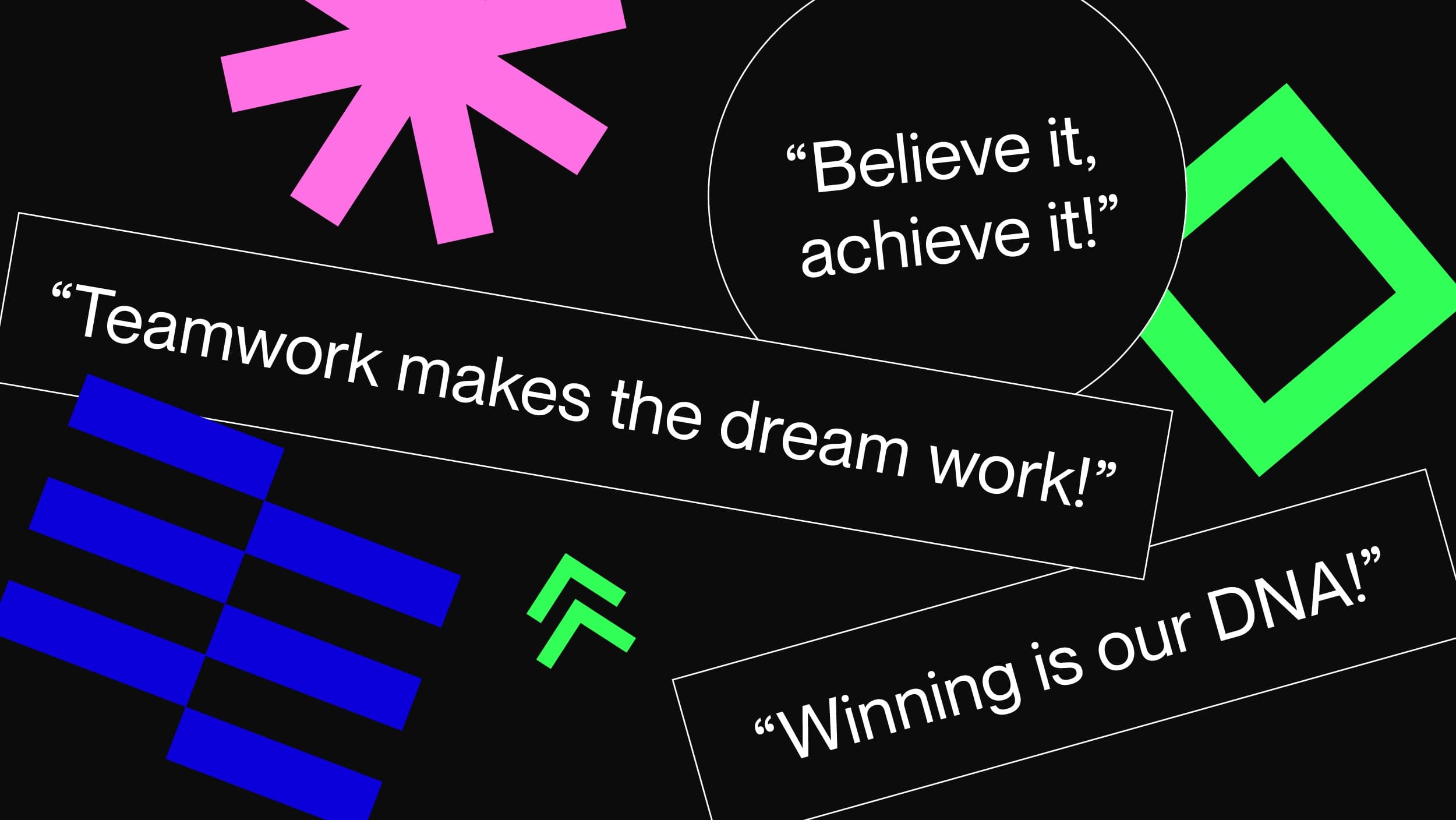What first comes to mind when you think of company values? Do you picture a faded poster slowly peeling from the staff room wall, blu-tack valiantly battling gravity to keep ‘Respect’ on show for the staff? Or do you think of a meaningful statement that can slip from the back of the mind to the front at crucial times – a word or phrase that will resonate with staff, stakeholders, and the public?
There are many questions that naturally arise during a Brand Discovery and Positioning workshop — from both sides of the table. And, while they can be tough to answer, therein lies their power.
Starting out
The values of an organisation are often embedded deep within its origin story, and can be inherently connected to a leader or change maker. In the early days of Facebook, an informal aphorism used initially by developers to describe their approach to coding later became one of the guiding philosophies of the company, emblazoned all over the building: “Move fast and break things.”
This articulation of what was valued by the company created an air of excitement and possibility among employees. They were changing the way humans connect to each other. They were making things better. However, the phrase became a default value of the company, overruling the less memorable ones.
Once Facebook’s tools crossed the line into privacy overreach it took on a new meaning. “Move fast” is a command that demands obedience and action. “Break things” is also an imperative, and slightly more problematic. The phrase implicitly encourages workers to prioritise speed over analytical thought — getting it done was more important than getting it right. And if a few eggs or privacy laws were broken on the way? So be it.

Source: Medium (2019) https://medium.com/
Cultural behaviours can bubble up through the layers of an organisation, as they did at Facebook. While they might act as values in the beginning, a company needs strategic direction in telling the world what matters to them.
Refocusing and refining
So what’s to be gained from nudging the implicit values of a company or brand to light, then debating, discussing, comparing, concluding and, finally, crystallizing them into words?
Firstly, values can deliver more than moral direction, and they should do more than simply police behaviour or encourage hard work.
Rather, good values will guide business decisions, inform strategy, and fuel inspiration. These values will help attract and retain talent. They will communicate differences from the competition. They can help cultivate partnerships with like-minded businesses and organisations. They will provide clear direction when the waters get murky.
How do companies develop their values?
People are not always as self-aware or honest about their personal attributes as they could be. The same goes for brands.
That’s why it’s generally important to work with an outside party in brainstorming and forging new values. This perspective will ensure both a creative and realistic approach. So too will it reduce the likelihood of design by committee — which inevitably results in vanilla-values like ‘respect’, ‘responsibility’ and ‘excellence’.
Engaging a brand specialist doesn’t just provide an objective viewpoint. It also helps reveal the deeply held beliefs and attitudes of a company, identifying opportunities for forging new values – and then linking operational processes and, potentially, KPIs to these statements.
Avoid the safest answer
Most companies take an extremely safe approach to their values, expressing generic and forgettable words or sentiments that are simply too broad, generic, or inappropriate to be effective.
This ‘safety first’ mentality is well-meaning. New values can often alienate an employee or two – those who cannot identify with the parameters and standards set in place. But by following an authentic process of engagement with staff, new values will entrench themselves.
It’s important to maintain balance too. Wacky or caustic values are often dishonest to the consumer and destructive to a culture. They too can ‘talk loud and say nothing’, offering attitude and tone but little of actual use to a company.


